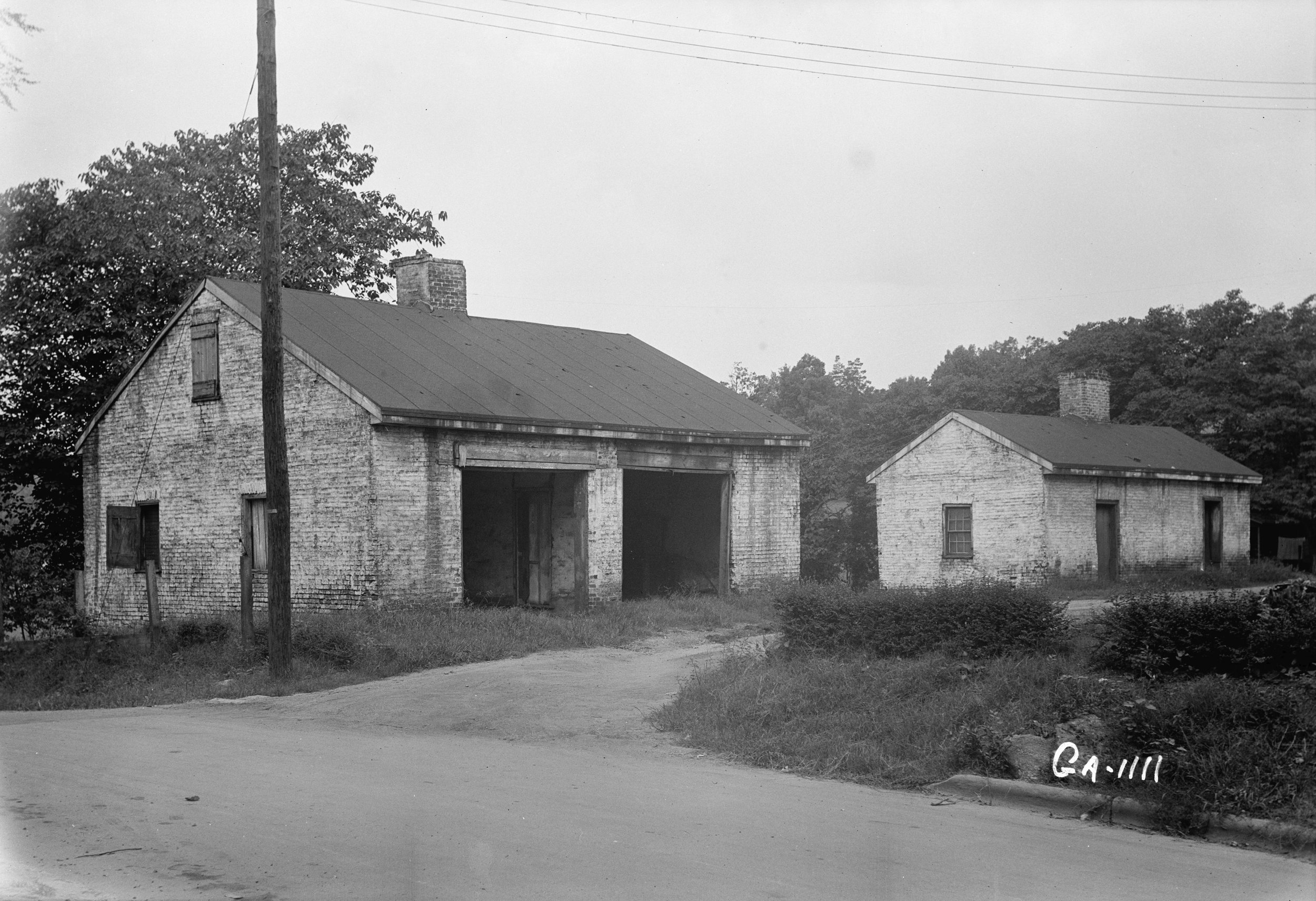The “Salzburgers” in Ebenezer, Georgia, 1734–
In 1732, Firmian, the Archbishop of Salzburg, expelled some 16,000 Protestants, practicing their religion clandestinely, from his Pongau district. One group of 25 miners and peasants from the Gastein Valley emigrated to the new British colony of Georgia and arrived in Savannah in 1734, starting the first community of “Austrians” in the American colonies (the Archbishopric of Salzburg became part of the Habsburg lands in 1803 and Salzburg became a state of Austria in November 1918).
Two more groups of “Salzburgers” came subsequently. Altogether about 150 “Salzburgers” settled in Georgia while some 16,000 went to East Prussia. The Pietist “Francke Foundations” of Halle (Prussia) and the Society for the Promotion of Christian Knowledge (London) sponsored them and sent two pastors along to Georgia.
Pastor Boltzius held the new Ebenezer community north of Savannah together, constructing a metaphor of an exile exodus of an exceptional group of Pietists seeking salvation in the frontier wilderness. They survived on subsistence farming and prospered by building corn and lumber mills; the women grew silk.
A member of the Ebenezer community Johann Adam Treutlen, who came as an indentured servant from the Palatinate, was elected to Georgia’s first Commons House in 1764. As a leading supporter of American independence in the Georgia colony, he became the first governor of Georgia in 1777. During the American Revolution Ebenenzer was (re-)occupied by rebels and royalists four times and suffered from destruction and decline.
Source: James Van Horn Melton. Religion, Community, and Slavery on the Colonial Southern Frontier. New York: Cambridge University Press, 2015.
Photos:
On the way. A hand-colored engraving shows the Salzburger Lutherans leaving their homeland on their way to Georgia in 1732.
Image: Library of Congress
The Needles. Philip Georg Friedrich von Reck traveled with the Salzburgers to Georgia and documented their way to and in the New World. In this drawing, called “The Needles,” he depicted two ships, the Simonds and the London Merchant passing by the Isle of Wright on their way to Georgia in 1735. The Needles, three large chalk cliffs, can be seen in the background.
Photo: Library of Congress
War Dance. Another drawing by von Reck depicts “An Indian War Dance” performed by the Yuchi people during an annual festival. The Yuchi, a native American tribe, originally lived in the Tennessee River Valley and later moved to Alabama, Georgia, and South Carolina - making them neighbors of the Georgia Salzburgers. According to his notes, von Reck attended such an annual festival twice.
Photo: Library of Congress





